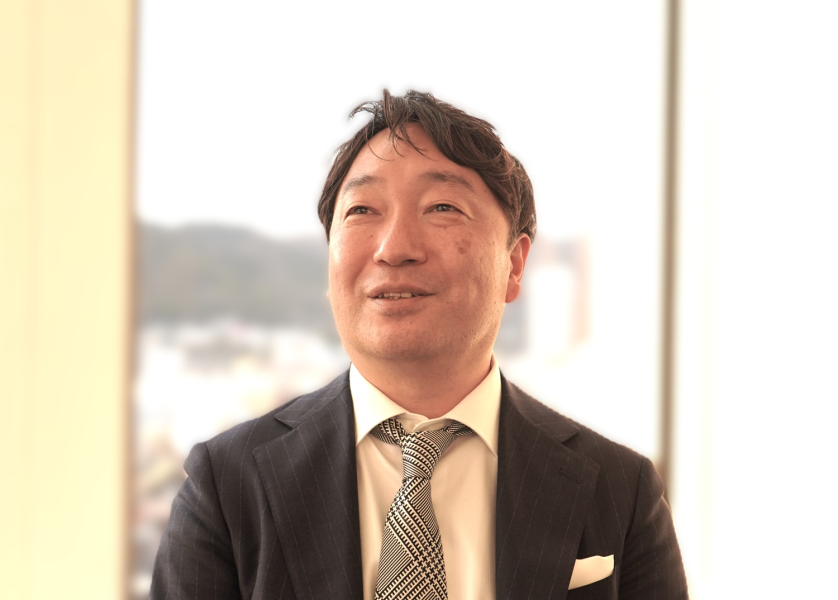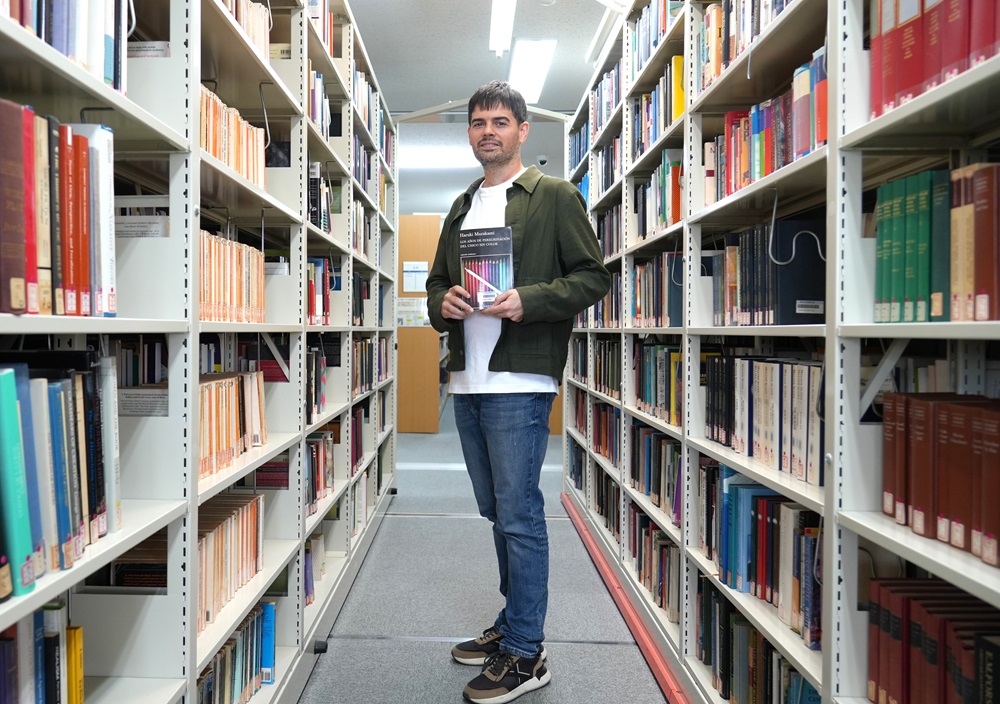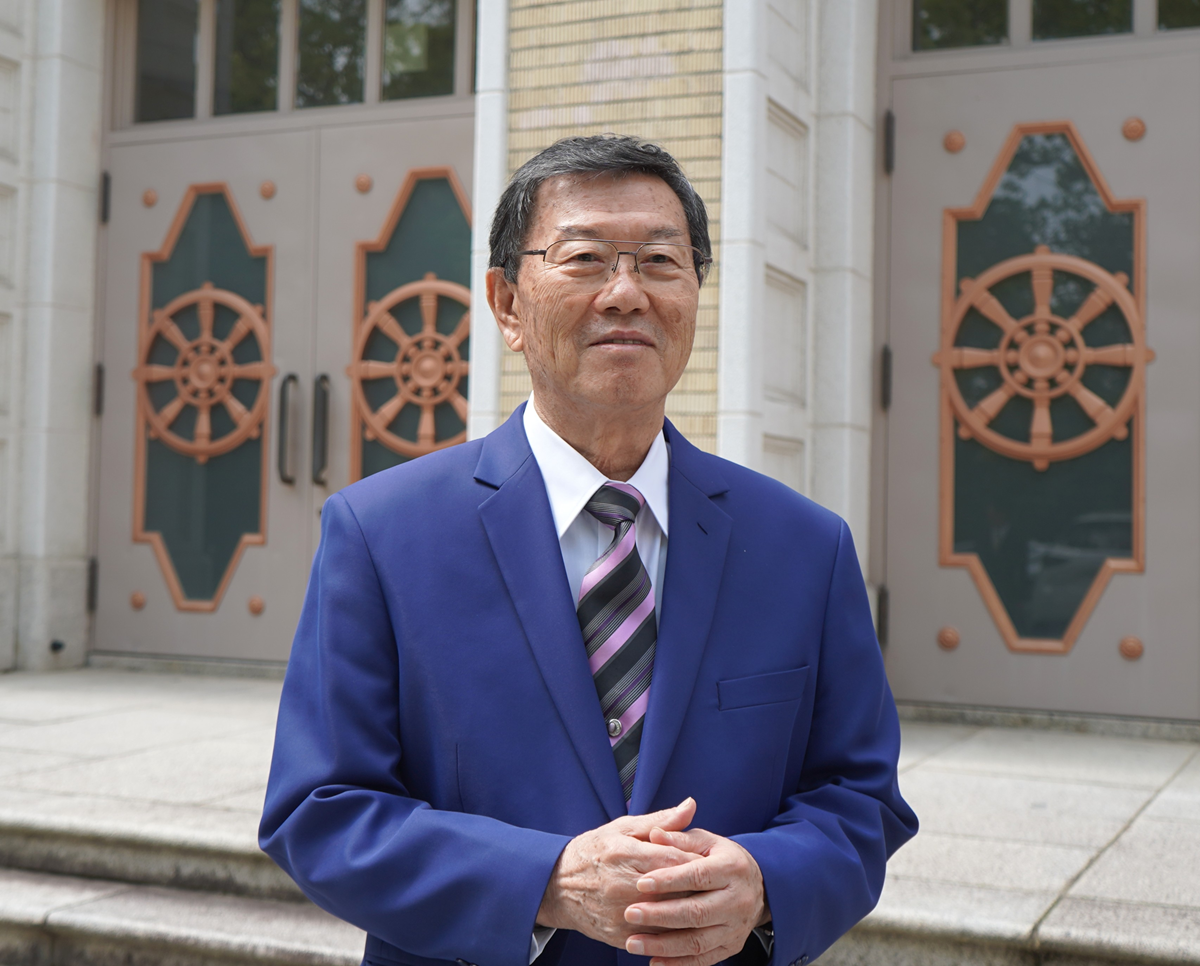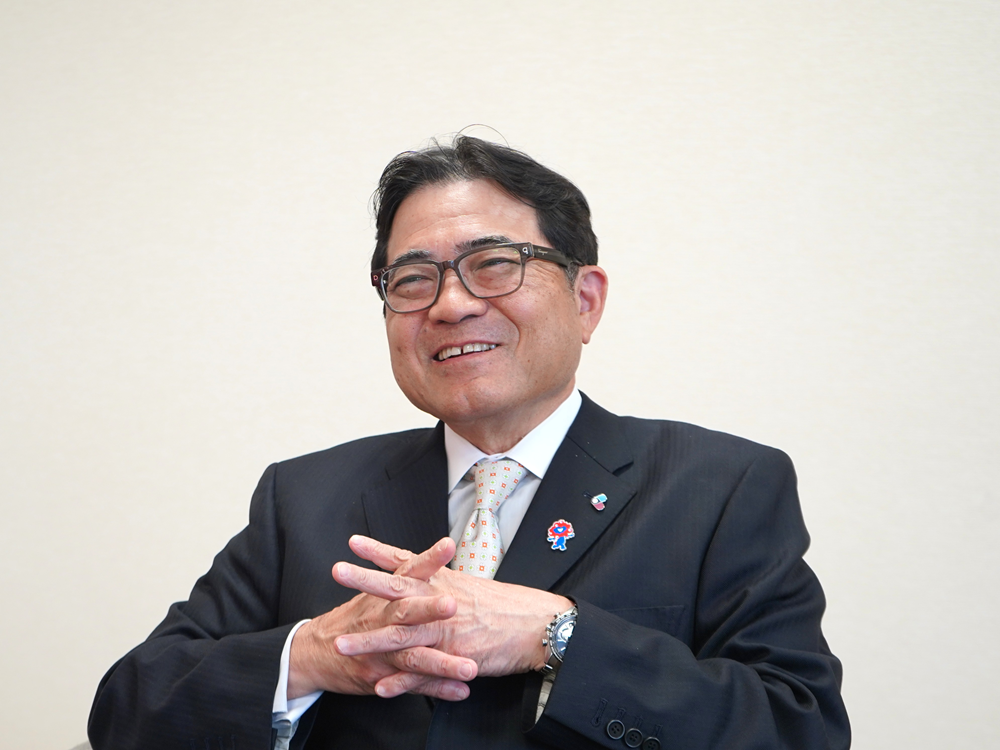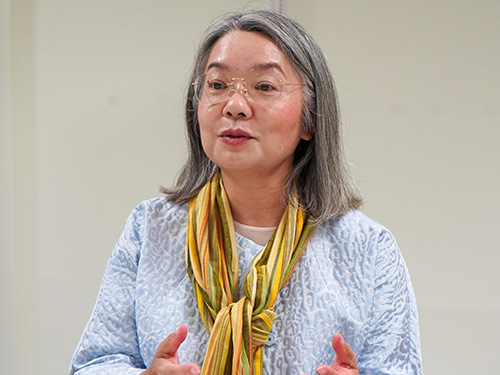
A family of descendants of a ninja who have the special characteristic of not needing to sleep are the protagonists in mystery writer FUKUDA Kazuyo’s “Fukurō no Taidō” (The Owl’s Quickening). In this second volume of the “Fukurō” (Owl) series, the family delve into the depths of gene doping in the sports world, and while so tracing the past, the story depicts in dynamic strokes the young protagonists' struggle to overcome their clan’s crisis. As the story reaches its climax, it leads to a sequel. It is a true masterpiece of storytelling.
Fukuda’s talent as a writer began to show early. “When I was in junior high school, I used to write stories in my notebook and let my friends read them. I intentionally stopped writing the story at a point where they were curious about what would happen next. Then, they often begged me to let them read the rest of the story. I found that really fun. I felt as if I had become a super popular manga artist,” she says.
She has been a bookworm since childhood and has read many science fiction novels, including Isaac Asimov's "Foundation" series, which was recently dramatized in the U.S., as well as novels by Larry Niven and Elizabeth A. Lynn. The desire to “write hard SF myself” was the trigger to become a novelist.
In order to write novels, she deliberately chose the science course when choosing her path in her second year of high school (Japanese schools usually require students to choose either the sciences or humanities stream). She says, “I believed that to write hard science fiction, one needed scientific knowledge in areas like physics and chemistry. I had to study and read materials on these subjects, but it was all gibberish to me when I tried. That’s when I decided to pursue the sciences.” However, her teachers, who knew she liked to write, were opposed to her choice.
Still, she followed her original intention and entered the Department of Chemical Engineering in the Faculty of Engineering at Kobe University in 1986, which was “a national university that she could commute to from home.” Of the 40 students in the department, only two were women. They were pioneers of what are now often called “Rikejo” (science girls). While conducting experiments once or twice a week, she made mistakes such as swallowing dilute sulfuric acid by sucking at a pipette too much, or accidentally spilling a reagent that should have been handled with care on another student's hand. Those days are still an unforgettable memory.
When she was a student, she was a bookish person, spending every spare moment in the library. She read books of various genres and even Kabuki scripts. During the Japanese bubble economy of the 1980s, her friends spent time going to places like discos, but her daily routine was to rush home after school to teach elementary and junior high school students at the cram school she co-managed with her father. “I didn’t go out drinking during my student days, but going to the library was fun, and I felt like I was playing there,” she says.
Literary debut while working as a system engineer
After graduation, she joined a financial institution and worked as a systems engineer. Sometimes she was too busy to write and her health suffered, but she continued to write novels while working. When at high school, she was fascinated by the works awarded with the Edogawa Rampo Prize, and so she changed genres from hard SF to mystery.
From around the age of 25, she applied for various newcomer awards, but she never won any. Then, in her mid-30s, she attended a novel-writing course during her holidays. The president of the publishing company Seishinsha, who was the lecturer, read her long story and invited her to publish it with her company. In 2007, she made her debut as a novelist with “Visibility Zero,” which was about a hijacking at Kansai Airport.
She was soon noticed as a big newcomer. “I didn’t think I would get any commissions, so I was thinking about which award to apply for next, and then I started getting one commission after another," she says. For a while, she was both an author and a company employee, but she resigned from the financial institution in 2009, partly because her commute was more than two hours one way.
After going independent, her works are too numerous to mention. “Tokyo Blackout,” which depicted a major blackout in the metropolitan area, was written before the Great East Japan Earthquake, but it seemed to presage the accident at Fukushima Daiichi Nuclear Power Plant. “Babel” depicts a Japan in the near future where a new type of virus is spreading. “Kaibutsu” (Monster), in which an elderly detective traces the kidnapping and murder of a young girl, was made into a TV drama. Her recent book, "Spy Code W," is about the Taiwan crisis and is a blend of reality and fantasy. She has published 49 novels in total.
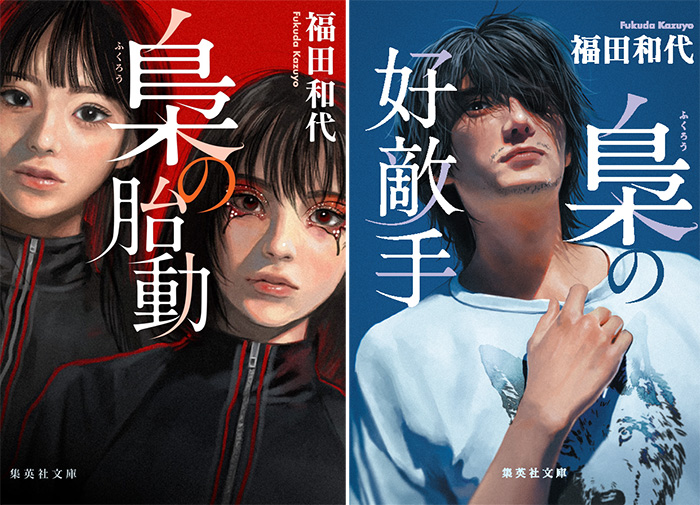
Wearing two hats once again
In the midst of a deepening publishing recession, she has been working diligently on activities other than her main business. In an effort to create a space where books and readers could meet, she temporarily hosted “Biblio Battles” in which participants introduced their own book recommendations. In 2019, she established a corporation called Digital Cave, which introduces new books online and in stores. During the three years of the COVID-19 pandemic, she organized a membership-based community online event once a month, where writers and editors were invited to talk about their thoughts on books and other topics in an interview format. These online events are no longer held because the pandemic has retreated to some extent, but the corporation continues as a novel management company.
Last year, she returned to being a system engineer for the first time in more than 10 years. “AI is advancing at a tremendous speed, and more and more usable AI is coming out. I found it interesting, so I started to work at a system development company part time,” she says. The COVID-19 pandemic made it possible for her to work from home, and now she continues to work as a system engineer from Monday to Friday and as a novelist on weekends.
In addition, the pandemic inspired her to rent a field near her home and start a vegetable garden. She enjoys growing tomatoes, onions, and potatoes. “On weekends, I write manuscripts for four to five hours a day, while maintaining a balanced lifestyle. On sunny days, I work in my home garden, and on rainy days, I write. It’s good to have two completely different jobs, system engineer and writer, as a change of pace,” she laughs.
Not a single thing in life is waste
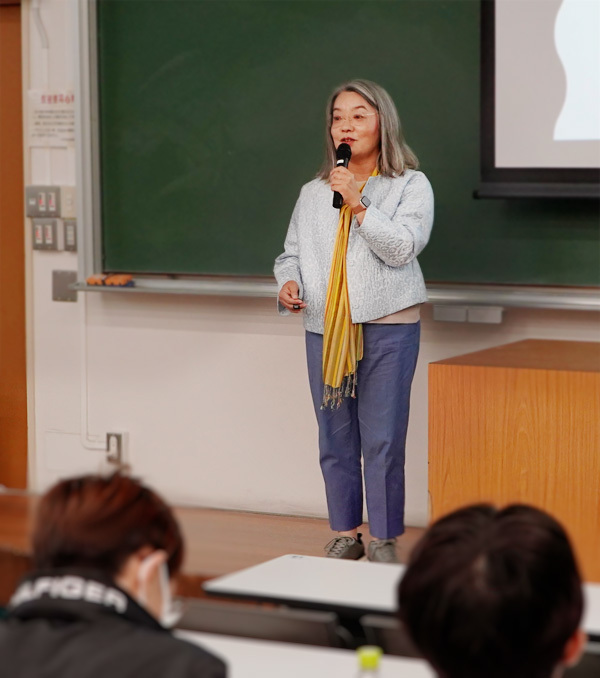
In mid-October this year, she gave a lecture for the first time in a while in a class called "Occupation and Learning," a general education course offered by the career center at her alma mater. She spoke to about 100 students on the theme of “Not a single thing in life is waste.”
“The reason I have been able to continue as a novelist for 16 years is because I have been a system engineer for 19 years, and experience and people have become assets. I have taken various detours, but not a single thing in my life was a waste. It is important to act now, not try someday in the future,” she says.
The third volume of the “Fukurō” (Owl) series was published in mid-November. Her current goal as a novelist is to continue the series up to 20 volumes. Even if it takes 8 years at the rate of two books a year, her creative desire does not show any sign of waning. She continues to move forward as a novelist with her motto "Never forget to be curious and keep trying new things.”
Profile
FUKUDA Kazuyo was born in 1967 in Kobe, Japan. In 1986, she entered Kobe University. After graduation, she joined Daiwa Bank (now Resona Bank) in 1990 and was assigned to the systems department. In 2007, while still employed at the bank, she made her debut as a novelist with "Visibility Zero." She left the bank in 2009 to devote herself to writing. She has written many books, including "Mayu no Kisetsu ga Hajimaru” (Cocoon Season Begins), "Geigeki Seyo” (Attack Back), "Tokyo Hollow Out," "Deep Fake" and "Shinryakusha” (Invaders).




